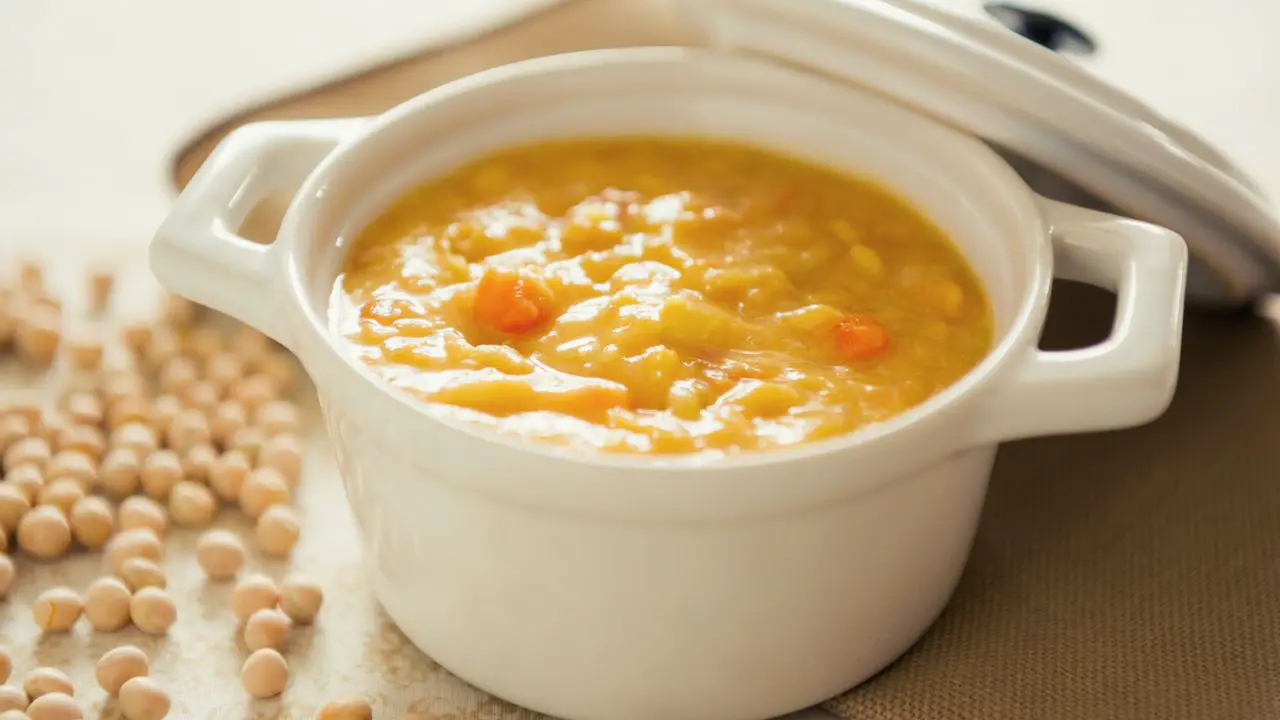When it comes to making pea soup, there are many great recipes with different tastes and consistencies, but many people, including myself, like it thick and creamy. In this article, I will cover some of my favorite methods for making peas soup thicker if too thin and watery.
How Thick Is Split Pea Soup Supposed To Be?

When it comes to peas soup, there are countless variations out there. Some are thick and creamy, while others are thin and broth-like, and some fall somewhere in the middle.
However, the classic pea soup that is made with smoked ham, vegetables, and dried whole or split peas should have a thick purée-like, creamy consistency.
This type of soup is known for its thick, hearty texture that can be attributed to natural thickeners such as legumes.
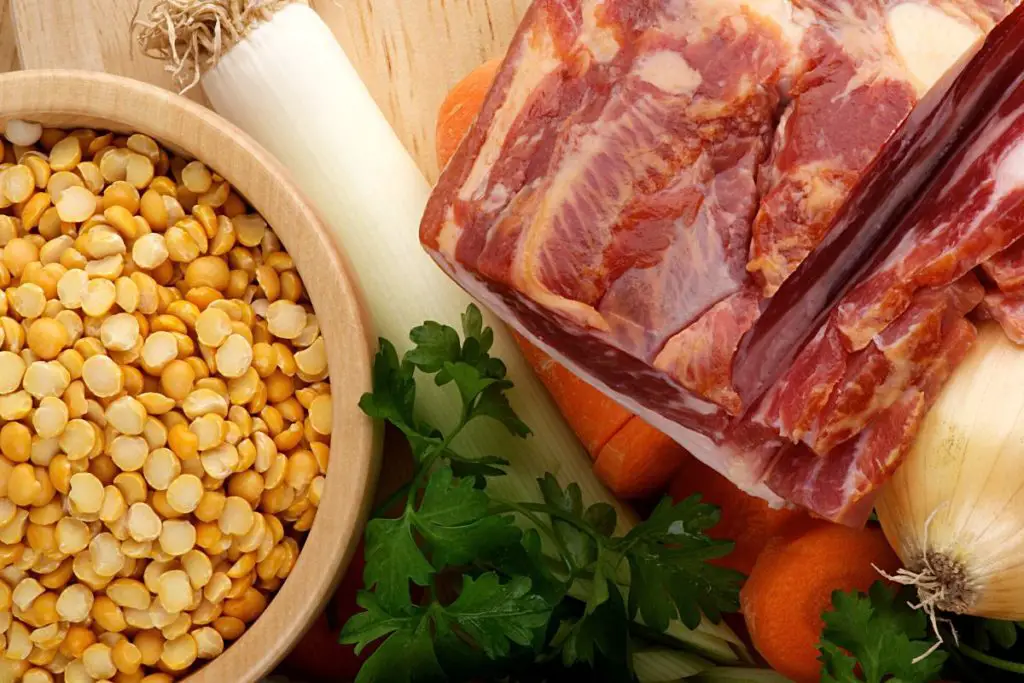
Although you don’t want it to be so thick for a spoon to stand up in it, you certainly don’t want it to be too thin and watery.
But don’t worry; there are many ways to thicken the watery soup. Various thickening agents can be added. Some methods retain the flavor, while others may alter it slightly.
Below are some of the most efficient ways to thicken watery pea soup.
11 Easy Ways How To Thicken Pea Soup
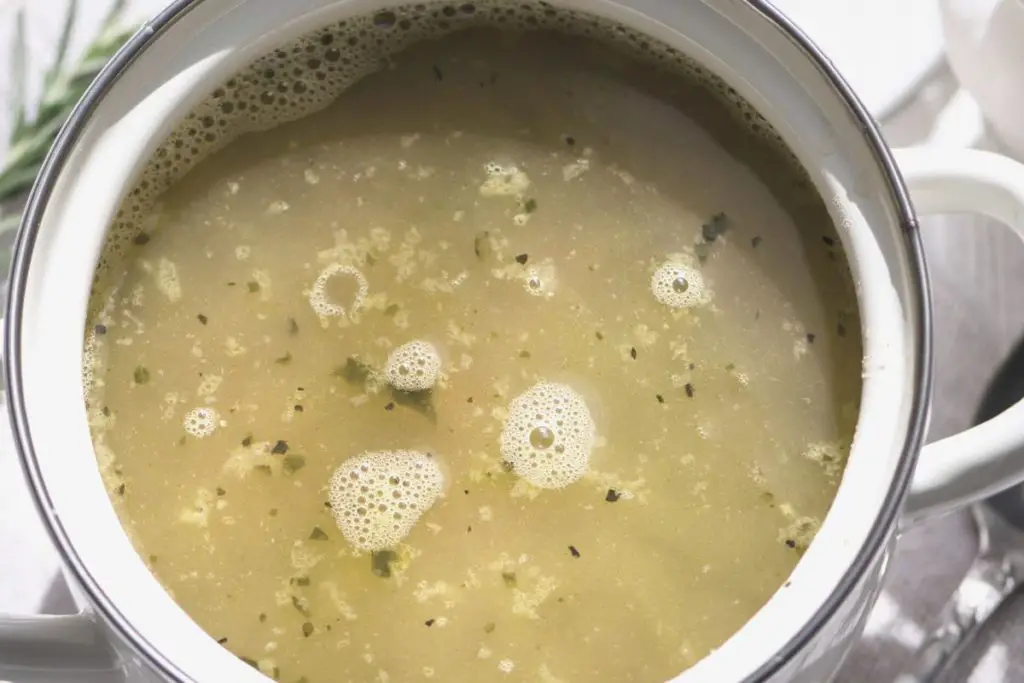
Before you start adding anything to the soup to make it thicker, sometimes all you need to do is reduce the liquid just a little bit. While simmering on low heat, remove the lid and just let the water evaporate.
Cooking the soup without the lid on for at least 30 minutes could cause enough water reduction to give your soup the right consistency.
However, if the soup is way too watery or you just can not cook it any longer, try one of the following methods.
1. Add Pureed Vegetables
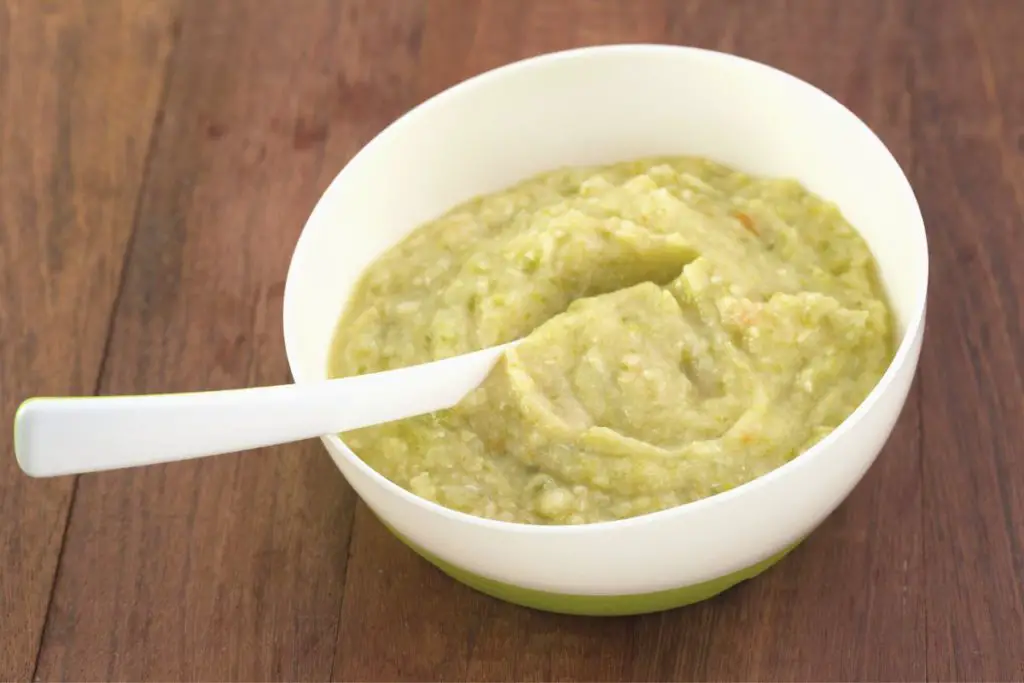
A split pea soup usually contains various vegetables. This is very fitting as many vegetables work as thickening agents, so you can easily increase the viscosity of your soup without substantially changing its flavor.
But the trick is to add the right pureed vegetables to the mix.
Starchy vegetables, in particular, are the most effective. Potatoes, carrots, beans, or even corn, sweet potatoes, green peas, and butternut squash can significantly thicken split pea soup and give it a more profound, creamier flavor.
You can simply puree or mash them and add them into the soup, and let it simmer until it thickens.
Or, cut the raw vegetables into small junks and cook them until soft using some of the broth from the soup, then puree them and add them to the pot.
If you don’t have any leftover cooked vegetables, you can add a spoonful of instant mashed potato mix to thicken it up. This works because the instant mashed potatoes will absorb some of the excess water in the soup, making it thicker and more creamy.
Just be careful not to add too much mashed potatoes, or else your soup will become too thick and starchy.
2. Mash Some Of The Peas
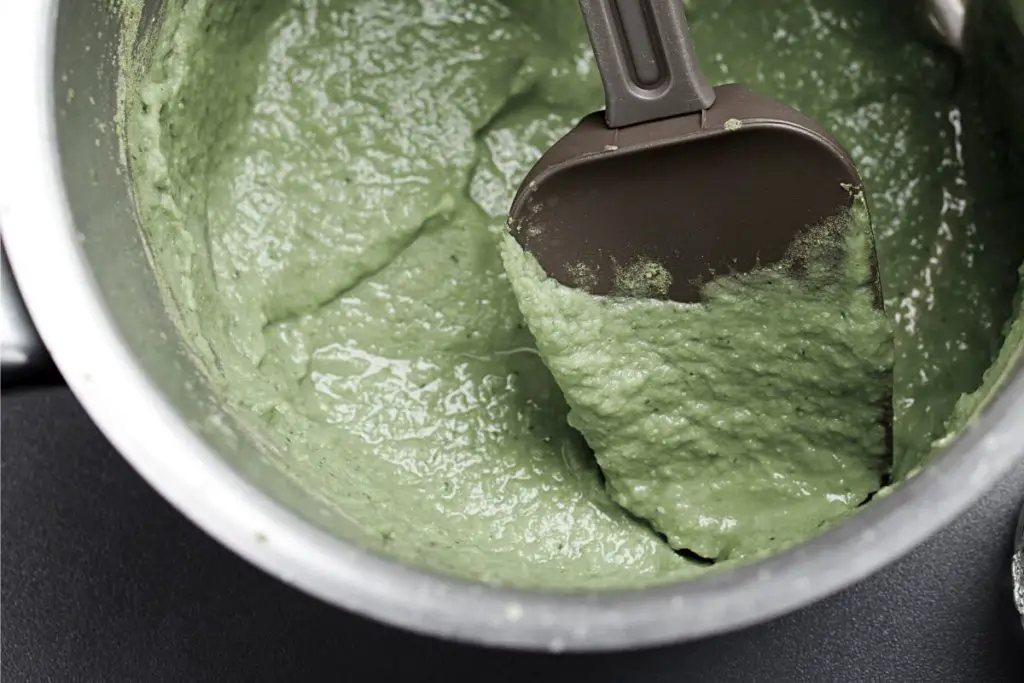
If you don’t have any vegetables, then another great way to thicken split pea soup is to take out some peas, mash them and add them back into the soup. This will help to break down some of the peas and release their starch, which will help to thicken the soup.
Read Also: Can You Mix Yellow and Green Split Peas?
3. Mix In Some Dairy Products
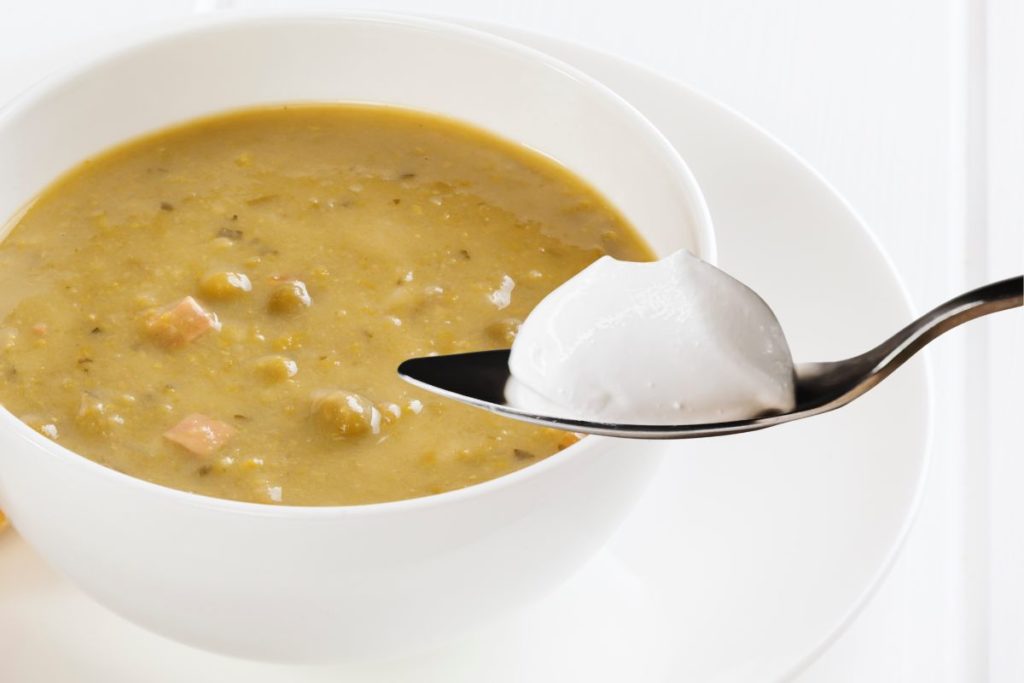
Another easy way to thicken the soup is by adding dairy products like butter, heavy cream, and yogurt. You should slowly and gradually add the dairy products, constantly stirring, until you get the desired consistency.
Whole milk and butter are better thickeners than regular milk. Similarly, heavy cream is more effective than light or half-and-half cream.
If you’re a vegan, you may consider adding coconut milk, pea milk, or even potato milk to achieve a similar result.
4. Add Some Cornstarch
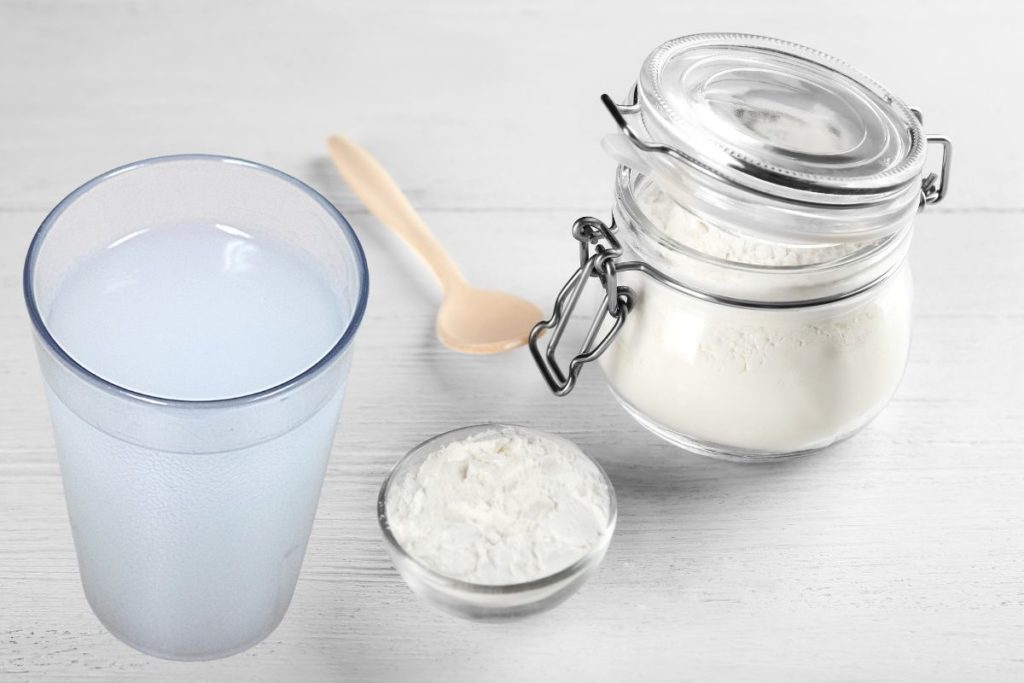
The most classic and surefire way to thicken any soup is using a cornstarch slurry. This involves mixing cornstarch with an equal amount of cold water to form a semi-liquid slurry, then gradually whisking the mixture into the hot soup until it reaches the desired consistency.
While this method is effective, it can also result in a soup that is overly thick and starchy, so apply it very carefully and keep tasing continuously while doing it.
You can also use the soup’s broth instead of water to make the slurry; just make sure it is cool before mixing it with cornstarch. Cornstarch can easily clump up if put directly into a hot liquid and not give you the smooth texture you would like.
5. Mix In Some Flour
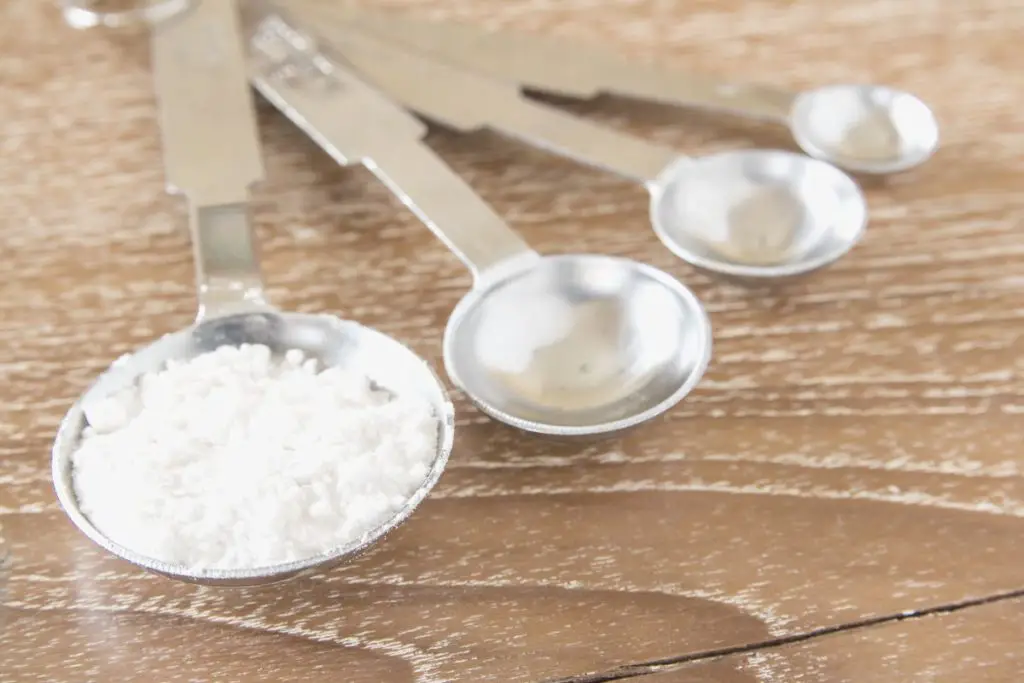
Another way to thicken a soup is to make a flour slurry. To do this, mix together equal parts of all-purpose flour and cold water in a small bowl. Mix well until the flour is completely dissolved. Then, slowly pour the slurry into the soup while mixing continuously. The soup will thicken as the flour lurry cooks and thickens.
Whether you’re using flour or cornstarch, you should be careful not to use too much, or you might end up with an overly thick, starchy-tasting soup.
6. Blend In Some Tapioca Starch

Tapioca can be a great alternative to flour and cornstarch slurry. Tapioca is gluten-free, which makes it a good choice if you want to stay away from gluten or if you have certain medical conditions.
To thicken the soup with tapioca flour, first, mix the tapioca flour with an equal amount of cold water to create a slurry. Then, add the slurry to the soup and stir gently until combined. Allow simmering for 10-15 minutes to allow the tapioca flour to cook and thicken the soup.
7. Use Uncooked Rice
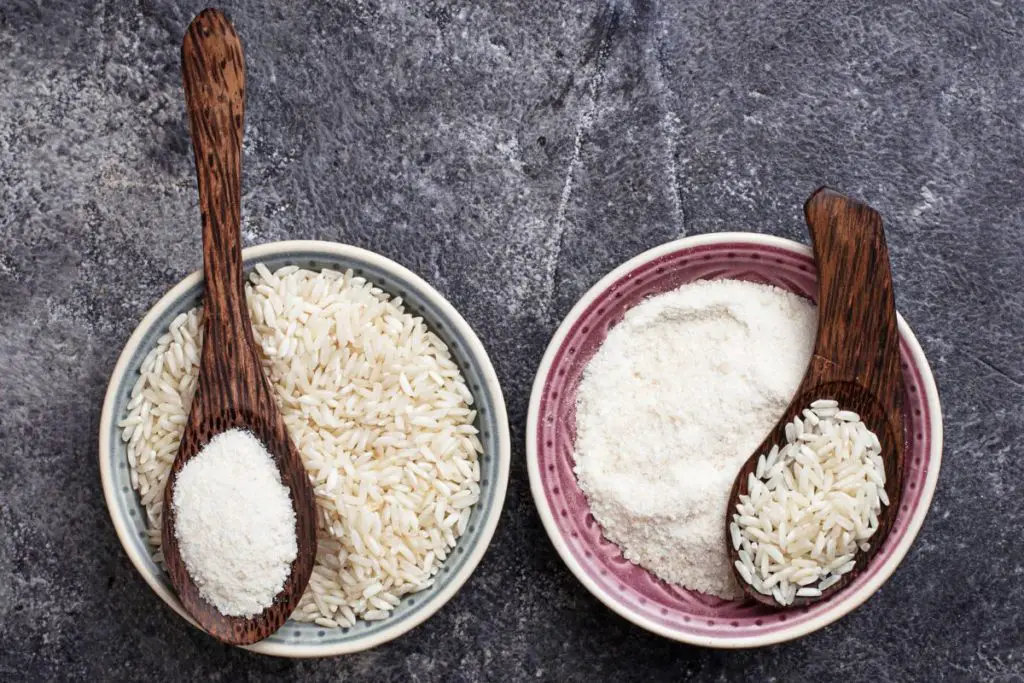
The absorption capacity of rice is enormous, so just a handful of rice will do the job. Any kind of rice will work, such as long and short grain, jasmine, or basmati rice. Add it to the soup and let it simmer for 20-30 minutes. The rice will absorb the liquid and thicken the soup.
You can also use rice flour to thicken the soup. Use it the same way as you would the all-purpose flour above. Mix it well with cold water until the flour is dissolved. Then, carefully pour the slurry into the pot while mixing continuously.
Rice flour is also a gluten-free alternative to wheat flour.
8. Use A Slow Cooker
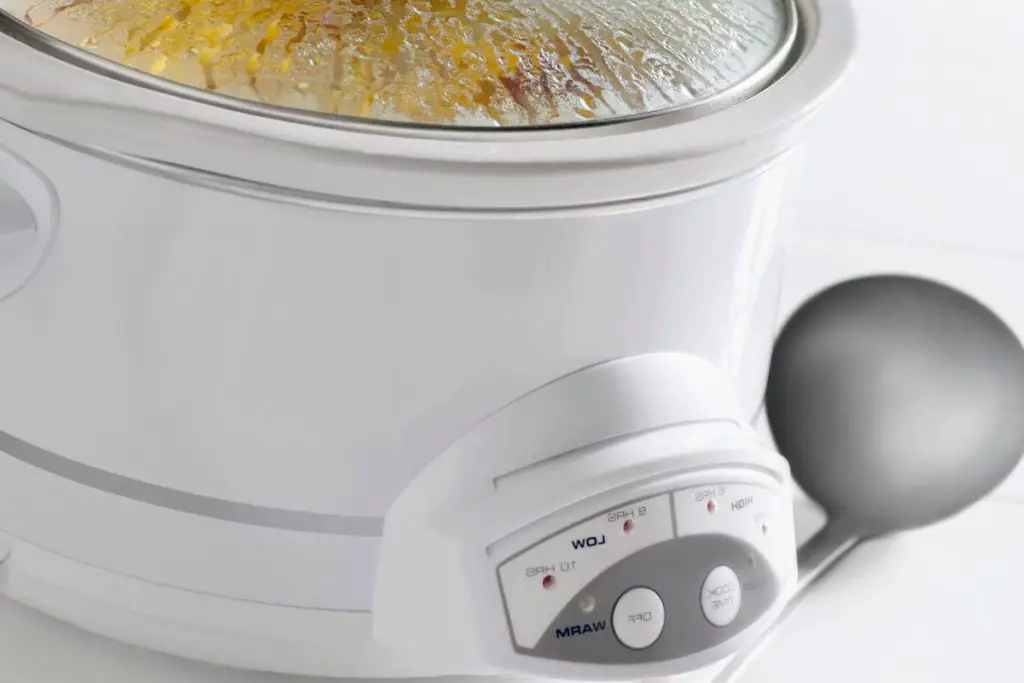
A slow cooker is a great way to make the pea soup thicker. By cooking it slowly at low temperatures, the water evaporates, leaving behind a thicker, more concentrated soup.
Additionally, the slow cooking process allows the flavors of the ingredients to meld together, creating a richer, more complex flavor without the fear of burning your meal.
Here are the 9 Best Slow Cooker Split Pea Soup Recipes With Ham And Potatoes.
9. Blend The Soup
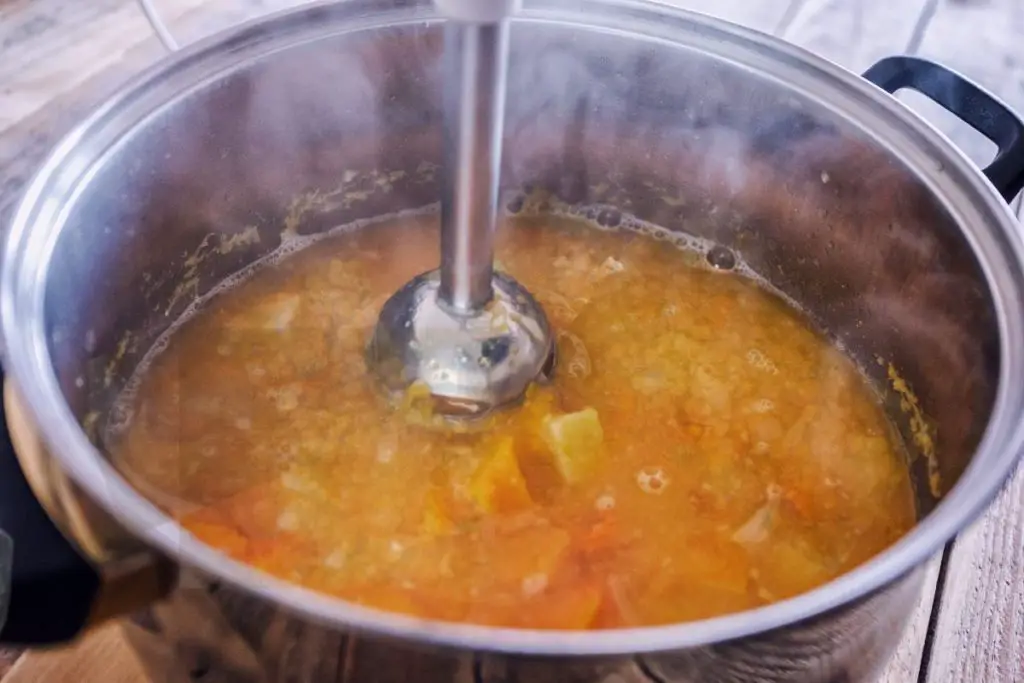
Using a food processor or an immersion blender to puree your soup is an excellent and simple method to change its consistency, making it thicker and silky smooth without adding extra ingredients.
With an immersion blender, you can puree the soup right in the pot or puree the soup in batches in a food processor or blender.
10. Refrigerating The Soup
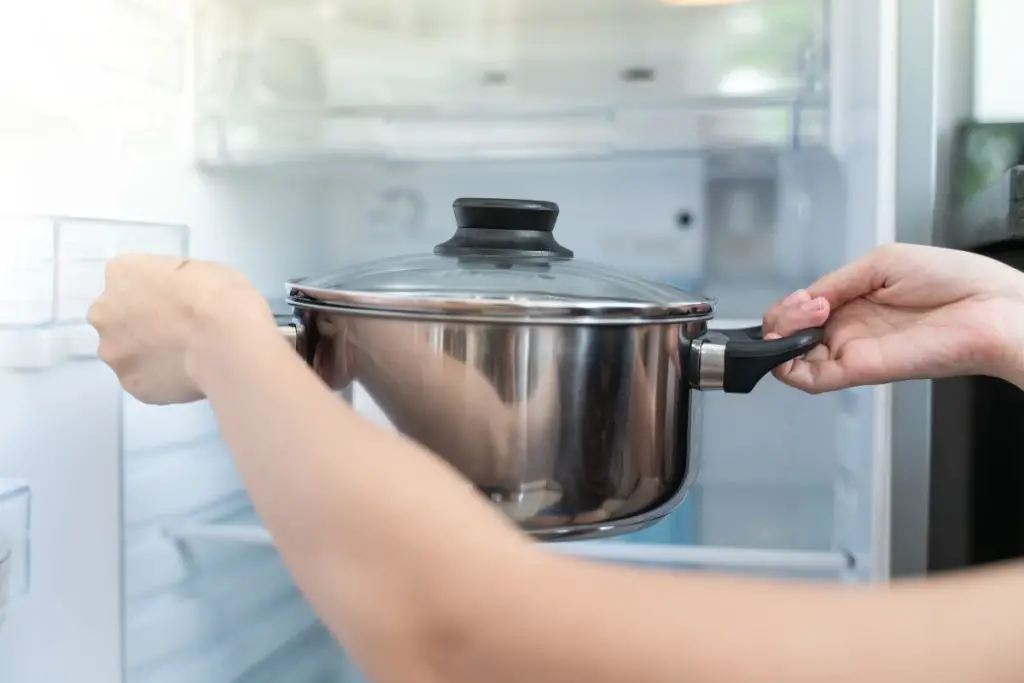
This method is not that helpful if you want to eat the soup straight away. However, if you cook it in advance, the act of refrigerating pea soup often makes it thicker in consistency.
This is because when liquids are cooled, they tend to solidify and thicken, and the starches and the gelatin will create a stronger bond with each other as they cool, creating a more cohesive structure.
If the soup becomes too thick after refrigerating, add some water when reheating.
11. Adding More Split Peas
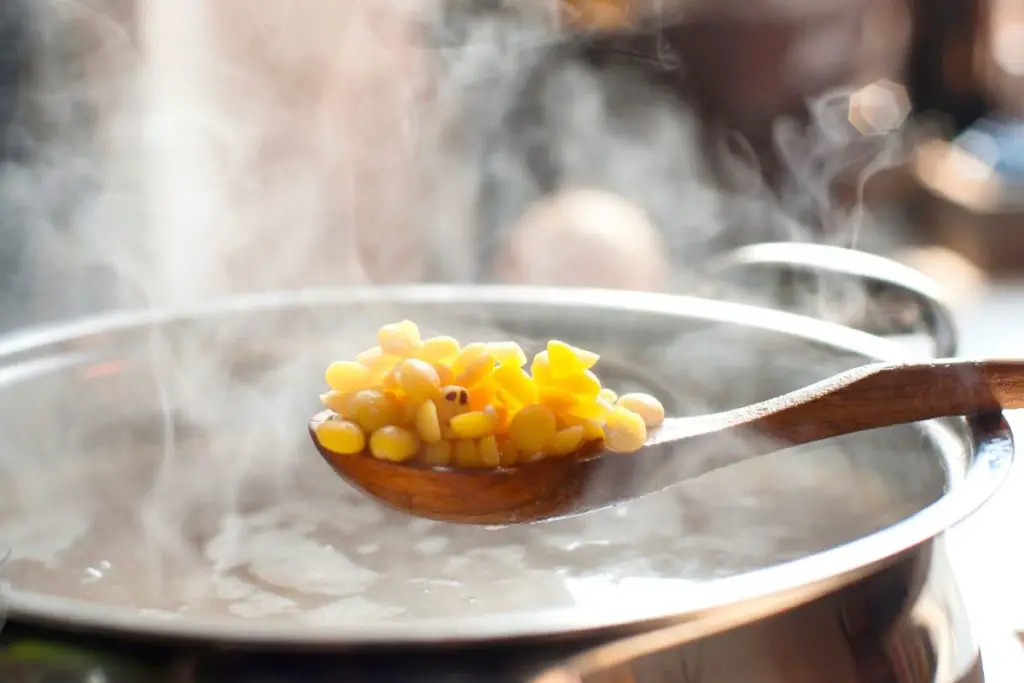
Adding more split peas seems like a no-brainer to make the soup thicker; however, this method only works if you add them at the beginning of cooking which unfortunately is not a good time to determine whether your soup is going to be thick enough or too watery.
As peas take some time to cook, adding more uncooked and unsoaked dried peas at the end of the cooking time will not going to work, and you may end up with hard and crunchy peas in your meal.
However, this is an excellent method to use ‘in hindsight.’ If the recipe was too watery the first time, why not put in additional peas this time?
Of course, following this logic, you can also just add less liquid if the soup was too watery the first time.
In Conclusion
There are many ways to make pea soup thicker. Some methods require additional ingredients such as potatoes, starch, or thick cream, while others only need a change in cooking methods, like cooking longer at low temperatures or pureeing the soup.
No matter which thickening method you choose, with a little effort, you can quite effectively adjust the consistency of your soup.
